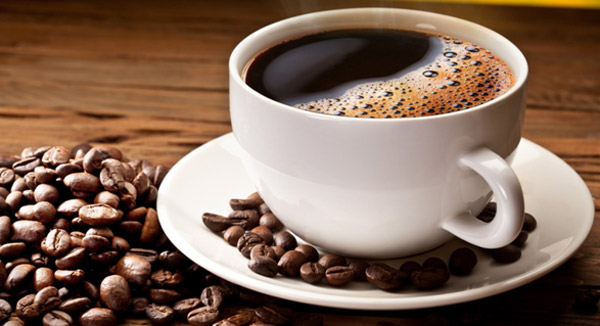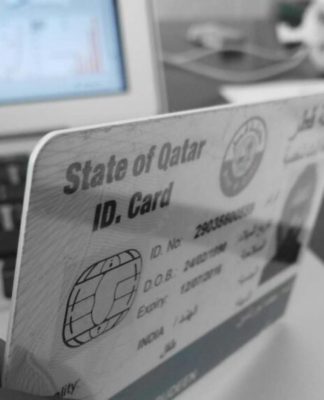What caffeine does to your brain
It’s 6:30 am. Your alarm rings. You hit snooze a couple of times, and then a miracle happens. The sweet smell of coffee comes wafting into your room. It’s the motivation you need to emerge from your warm bed.
Those commercials were right; it’s the best part of waking up. Almost two-thirds of American adults drink coffee on a daily basis, according to research from the National Coffee Association, a trade group. I’m one of those people who just isn’t a whole person until after that morning jolt.
The active ingredient in coffee is caffeine, the most widely used psychoactive drug in the world. The New York Times dubbed it America’s favorite drug in 1991, and that doesn’t seem to have changed. Nine out of 10 people in the U.S. get their caffeine fix through coffee, tea, weight-loss pills, sodas, chocolate, energy drinks or supplements, according to National Institute on Drug Abuse. Unlike other psychoactive drugs, though, caffeine is largely unregulated.
Caffeine is a naturally-occurring, bitter, white, crystalline alkaloid. Alkaloids are compounds that have a lot of nitrogen. Other well-liked drugs, including morphine, cocaine and nicotine, are also alkaloids.
Caffeine does its thing by blocking adenosine, a chemical in the brain involved in making you sleepy. It’s also known to regulate blood flow in the brain and other organs. Typically, adenosine–another alkaloid–builds up in the brain throughout the day, and when it reaches a certain concentration, you start to feel tired. It’s your brain’s way of telling you that you need to get some ZZZZs.
That only happens if adenosine can interact with adenosine receptors on the surface of certain brain cells. But caffeine, which “looks” a lot like adenosine coopts this process by interacting with those receptors instead. Caffeine is like adenosine’s chemical doppelgänger, and as such it can intercept the message adenosine is trying to send. Think about like adenosine is the goody-two-shoes twin trying to turn the lights off so she can get some rest, and edgy caffeine keeps blocking her way to the switch. Thanks to that, you experience a feeling of alertness instead of grogginess. Unfortunately, the effects wear off after a couple of hours, leaving you right back where you started (and probably looking for your next fix).
A solution to that problem is the so-called coffee nap. It’s a hack that plays tricks on your brain’s chemistry. I’ll let Vox’s Joseph Stromberg explain:
Sleeping naturally clears adenosine from the brain. If you nap for longer than 15 or 20 minutes, your brain is more likely to enter deeper stages of sleep that take some time to recover from. But shorter naps generally don’t lead to this so-called “sleep inertia” — and it takes around 20 minutes for the caffeine to get through your gastrointestinal tract and bloodstream anyway. So if you nap for those 20 minutes, you’ll reduce your levels of adenosine just in time for the caffeine to kick in.
That’s probably better for you in the long run than chain drinking espressos. Over time, caffeine consumption may increase the number of adenosine receptors in the brain, according to a recent study done in rats. This sprouting may be the brain’s way of nuking caffeine’s effect to get you to rest up. More adenosine receptors means there’s a better chance adenosine can bind and make you feel sleepy. But never underestimate a tired human in denial. This could be the reason chronic coffee drinkers develop a tolerance for caffeine and need to up their intake. (Triple shot, please!) Having more adenosine receptors also means you need more caffeine to get that feeling of wakefulness and increased focus. It’s like adenosine has more chances to score its sleep-inducing goal.
But how much is too much? Scientists think that up to 400 milligrams of caffeine–the equivalent of roughly four cups of coffee–is probably safe for most healthy adults. (Pregnant women and people taking certain antibiotics should avoid it or limit their intake.) For adolescents the suggested daily intake is much lower, 100 milligrams. That’s not a lot: a single shot of 5 Hour Energy has 200 milligrams. Red Bull, another popular energy drink, has about 80. A 12-ounce can of Coke has 34. (They’re also loaded with sugar, but I won’t get into that here.)
Once you start consuming more than 500 milligrams, caffeine can cause dehydration, muscle tremors, abnormal heart rhythms, upset stomach, nervousness and dizziness, according to the Mayo Clinic. Even at moderate doses, it can also make falling or staying asleep difficult, an effect that could fuel caffeine-binging the next day. I should know. I’ve been there.
And trying to quit cold-turkey is hard. People experience caffeine-deprivation headaches, likely caused by changes in blood flow to the brain once caffeine intake wanes, along other symptoms of withdrawal like fatigue, irritability, nervousness and nausea. The latest edition of the Diagnostic and Statistical Manual of Mental Disorders, psychiatry’s bible, lists caffeine withdrawal as a mental disorder. Finally, some validation.





























